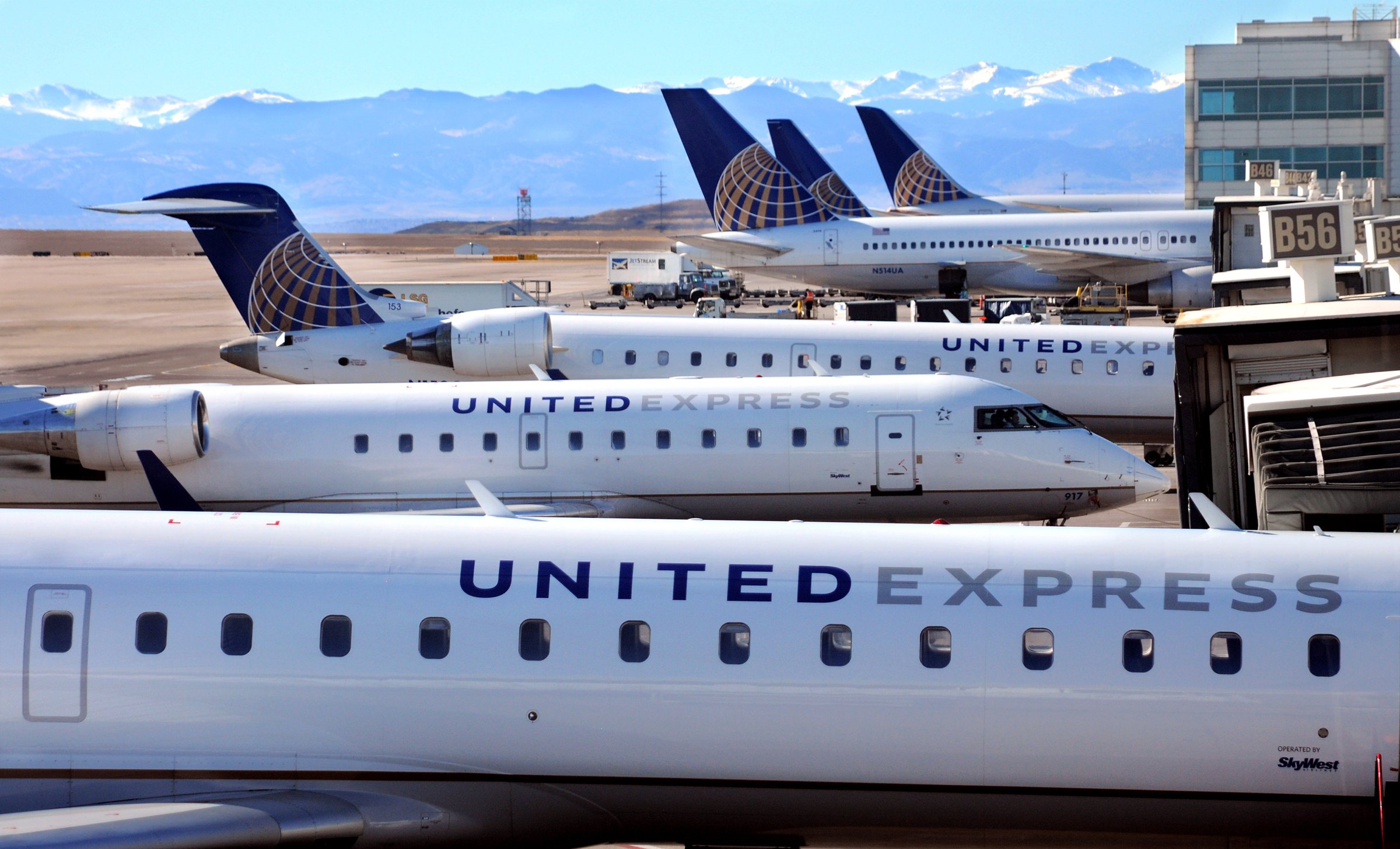
Add this to the reasons your flight was just canceled: your jet has no driver. Blame the FAA, or blame the regional airlines, but the end result is that service to and from small and mid-sized cities is being disrupted. Republic Air, which operates commuter flights for all the majors, has idled 27 aircraft this year because it can’t find enough pilots, particularly first officers.
What’s that, you fly only on the major carriers? No you don’t. Regionals now operate roughly 50% of U.S. scheduled domestic passengers flights, according to Flightpath Economics. The pilot pinch is spreading, especially to small and midsized airports in the form of reduced or discontinued service. Muscle Shoals, Ala. and Greenville, Laurel/Hattiesburg, Tupelo and Meridian, Miss., as well as Jamestown, N.Y. just lost service from Silver Airways, for instance. Great Lakes Airlines is dropping Devils Lake and Jamestown, N.D.; Fort Dodge and Mason City, Iowa; Ironwood, Mich.; and Thief River Falls, Minn.
Throw in more reductions as the merging American Airlines and U.S. Airways continue to rationalize their schedules, plus United’s downsizing of its Cleveland hub and here’s what you get: in the first two months of the year the number of flights decreased 5.3% while the load factor increased 1.1 percentage points to reach 80.1%. Some of that is tied to weather related cancelations during this last winter from the Ice Age, but all of it continues a long- term trend of fewer, fuller flights. Milwaukee, a downsized hub, was half empty last Friday afternoon when I was traveling.
Republic CEO Bryan Bedford in part blames new FAA regulations, which now require 1,500 training hours for most newbies, up from 500. It raises the cost of obtaining an Airline Transport Pilot certification substantially, he said at a recent airline conference: “To layer in 1,000 hours at $200 an hour [the cost per training hour] is just not achievable.”
The Air Line Pilots Association points the finger at Bedford and other airline executives for any shortfall. “The only thing that’s short in the industry is pay that the qualified pilots that are out there are willing to work for,” says Air Line Pilots Association president Captain Lee Moak. In the pilots’ view, Adam Smith had the solution 100 years before the birth of flight: offer more money and you will land more pilots. The U.S. military is no longer making enough pilots to be the dominant supplier—it’s up to the marketplace. Currently, the first year pay for a rookie pilot is about $25,000. Given that, there’s no incentive to spend the $100,000-to-$150,000 for a college degree and flight time required to earn a pilot’s license, the pilots say. A recent GAO study backed up this view, its author noting bluntly: “There is no pilot shortage.” Just misaligned market incentives.
Except that the market can’t solve the problem completely, say Dan Akins and Matt Barton of Flightpath, an industry consulting firm. “We don’t have the capacity to produce enough pilots,” says Akins. Because of a wave of 18,000 retirements over the next five years, the industry will be lacking somewhere between 4,000 and 10,000 pilots—and 100% of that gap will fall on the regionals. That’s because the big network carries—not to mention foreign carriers– will pay much higher rates to fill their cockpits.
That leaves the commuter lines scrambling, and the pilots demanding a lot more after a decade of pay cuts and givebacks brought on by bankruptcies and restructuring. Republic’s pilots union just turned down a contract offer. So did American Eagle pilots. “We’re not ready to agree to concessions in this environment, pilot Rich Krutenat told the Fort Worth Star-Telegram: “The opportunities are far too abundant for Eagle pilots.” American is now threatening to shrink its commuter airline (renamed Envoy) and offer the new jets it has ordered to other regionals. Assuming, of course, those carriers can find the pilots to fly them. “These participants are locked in old struggles,” says Barton. “It’s going to take a long time to solve, with some service disruption and pain along the way.”
Service disruption and pain. Or as it is more popularly known, air travel.
More Must-Reads from TIME
- Where Trump 2.0 Will Differ From 1.0
- How Elon Musk Became a Kingmaker
- The Power—And Limits—of Peer Support
- The 100 Must-Read Books of 2024
- Column: If Optimism Feels Ridiculous Now, Try Hope
- The Future of Climate Action Is Trade Policy
- FX’s Say Nothing Is the Must-Watch Political Thriller of 2024
- Merle Bombardieri Is Helping People Make the Baby Decision
Contact us at letters@time.com